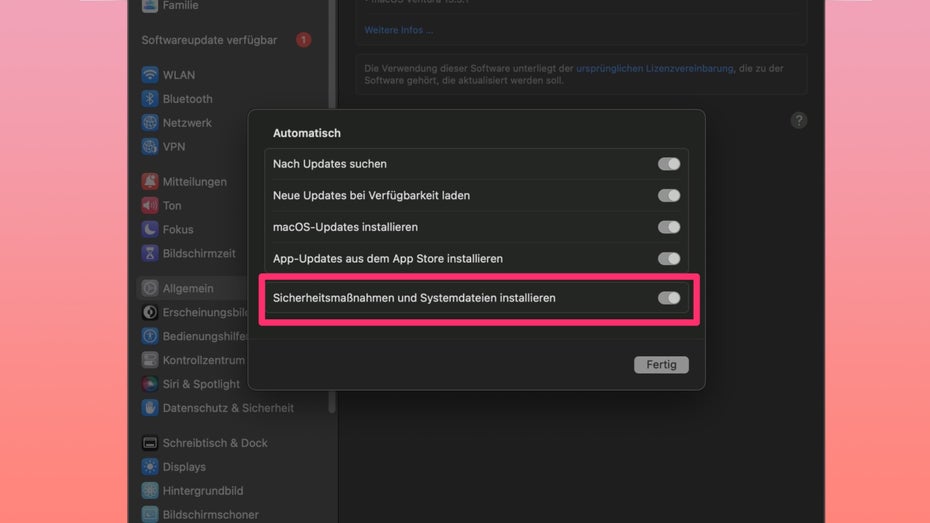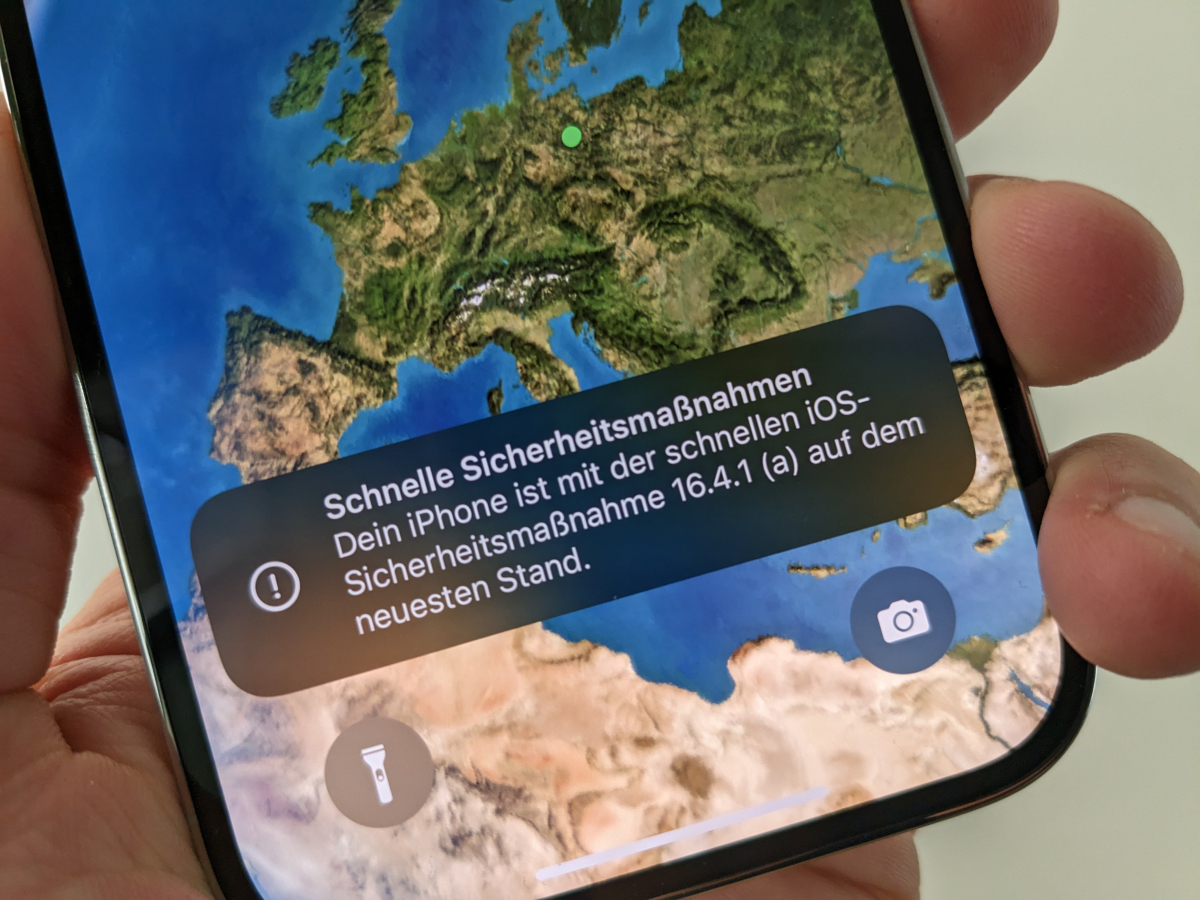Why you shouldn’t ignore the latest updates for iOS and MacOS
With the Rapid Security Response Updates, called “rapid security measures” in Germany, Apple had already announced a new type of software update in the summer of 2022 at the WWDC. So far, the manufacturer had only tested these in beta versions of macOS and iOS – now they have been played out regularly for the first time in the form of updates to iOS 16.4.1 and macOS 13.3.1. If these updates are offered to you, they should also be installed promptly.
For years, Google has decoupled security patches from major Android updates and offers monthly small updates that can be used to plug minor and major security gaps. With the “rapid security measures”, Apple is now following suit and is becoming more flexible in fixing vulnerabilities.
So far, the company had to distribute an update of the entire system for every security patch, no matter how small. Thanks to Rapid Security Responses, this is no longer necessary. The updates to iOS 16.4.1 (a) and macOS 13.3.1 (a) are the first patches of this kind to be released in batches for the majority of all users.
Editor’s Recommendations
According to Apple, the updates are intended to provide important security improvements between the regular updates of the operating systems. According to the company, this includes improvements to the Safari browser, the Webkit framework stack or other important system media libraries. They can also be used to fix certain security issues more quickly, Apple explains.
Rapid Security Response: The security patch on iOS 16.4.1 (a) on the iPhone 14 Pro is just over 85 megabytes in size. (Photo: t3n)
These could be issues “that may have been exploited or reported by third parties,” Apple said. Even if Apple is in its support document rather paraphrased, “problems” mean acute security gaps in the in-house operating systems, which may be exploited by attackers.
The new “rapid security measures” differ from regular software updates by the letter after the iOS or macOS version number. Apple has not yet announced which security gaps the new patches fix.
Interesting: According to Apple, the Rapid Security Response updates do not always require a restart of the device. After installing the iOS 16.4.1 (a) security patch on an iPhone 14 Pro (test), there was still a restart.

In the macOS settings, the “quick security measures” can optionally be deactivated. (Screenshot: t3n)
Incidentally, the automatic installation of security patches can be deactivated in the respective settings on both macOS and iOS. However, Apple warns that some system files will be installed even if the feature is disabled.
When it comes to the system security of your iPhone, iPad or Mac, you shouldn’t wait long to import an offered update. Apple also makes this clear with the Rapid Security Response updates, because the update can also be installed without a power supply and a charge level of less than 30 percent. Actually, at least 50 percent is required. In addition, the patch is installed faster than a regular update and only takes about 30 seconds.


